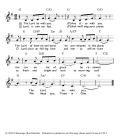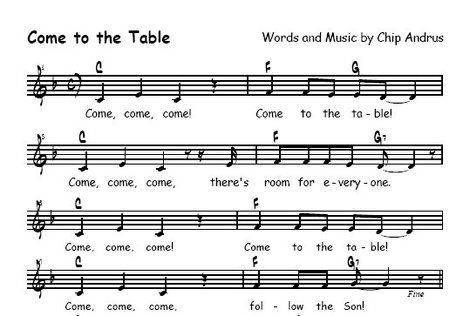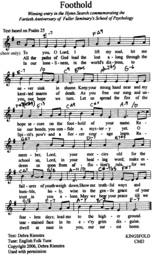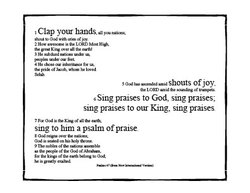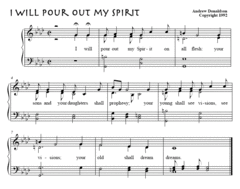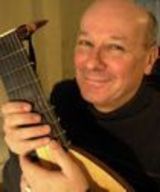 First, some words of introduction. This will serve not only to let you know something about me - Andrew Donaldson -- but also to introduce some of the subject areas that I am passionate about.
First, some words of introduction. This will serve not only to let you know something about me - Andrew Donaldson -- but also to introduce some of the subject areas that I am passionate about.
I am Pastoral Musician and Worship Enlivener (more on that title in a moment) at Trafalgar Presbyterian Church in Oakville, Ontario, Canada. I am currently President of the Hymn Society in the US and Canada. And along with my wife, I am part of Hilariter, an inter-denominational group of singers and players, based in Toronto, Canada, committed to diversity in worship and to exploring the worship resources available from around the world.
I am a lapsed (and recently re-activated) percussionist with a background in choral music, composition and classical guitar. I'm also a student of the renaissance lute.
An unusual background for a church music director, I'll admit - or at least it was when I began directing church music in the early eighties. At my first congregation, Beaches Presbyterian Church in Toronto, we developed a music program that included "traditional" strophic hymns, world music, and original music written by congregational members, including myself.Continue reading...
